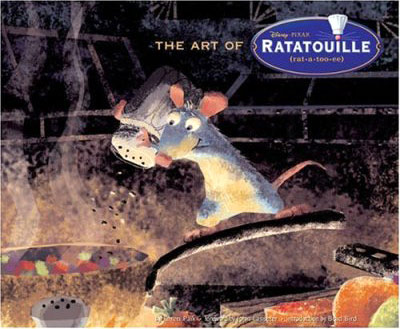Research student Yara Yeshuron, Prof. Noam Sobel and Prof. Yadin Dodai from the Department of Neurobiology at the Weizmann Institute of Science assumed that the answer is not necessarily related to childhood, but to the first time a smell was felt in a certain context

Artists discovered long ago that certain smells can evoke strong childhood memories. From Marcel Proust's madeleine cookies to the overbearing food critic in the movie "Rattauy" whose smell of the cooking rancid took him back to the past - why does the sense of smell play such a role in our memories?
Research student Yara Yeshuron, Prof. Noam Sobel and Prof. Yadin Dodai from the Department of Neurobiology at the Weizmann Institute of Science assumed that the answer is not necessarily related to childhood, but to the first time a smell was felt in a certain context. In other words, the first association of a smell with a certain experience leaves a unique and permanent impression on the brain.
To test this idea, the scientists developed an experiment: in the first stage, which was carried out in a smell laboratory, the subjects watched photographs of 60 visual objects. Each of the objects was presented accompanied by a pleasant smell or an unpleasant smell created by a device called an olfactometer. The subjects then entered an fMRI scanner that measured brain activity while they viewed the same images and tried to remember which odors they smelled in the context of each one. In the second stage, the subjects repeated the entire test - pictures, smells and an fMRI scan with the same pictures but accompanied by different smells. After a week, the subjects returned to the fMRI device where they once again viewed the pictures of the objects and were asked to recall which odor they smelled in the context of each of them.
The scientists discovered that after a week, the recall of the first smell is accompanied by a unique pattern of brain activity - even in cases where the subjects reported that they remembered both smells equally. The brain activity appeared in the hippocampus - a structure in the brain related to memory, and in the amygdala - a structure related to emotions, and occurred both in cases where the first smell was pleasant, and even if it was unpleasant. The pattern of activity was constant to the extent that it allowed the scientists to predict which of the odor memories would come up - the first or the second - based only on the brain activity recorded in these areas during the first exposure to the odor. That is, the scientists examined the fMRI data from the first day of the experiments, and were able to predict based on it the memory of the smell that would appear in the answers of the subjects in the second week. To check whether other sensory experiences work in the same way, the scientists repeated the experiment - with the smells replaced by sounds. In this case, the first sound did not evoke a particular brain activity pattern. In other words, the results of the study - recently published in the journal Current Biology - were unique to the sense of smell.
"For some reason, the first context in which we sense a smell is burned into our memory," says Prof. Sobel, "and this phenomenon allows us to predict what we will remember a week later, based on brain activity alone." Yara Yeshuron: "According to our understanding, it is possible that the memories of the smells from our childhood are not special because of the specialness of the childhood period, but simply because in those years the connection between a smell that we smelled for the first time, and a certain experience was formed."

One response
The finding seems very logical in light of the fact that the sense of smell developed at a very early stage in evolution and is handled by the parts of the brain known as the "reptilian brain".
The more "modern" parts of the brain are built to handle huge amounts of information and the ability to learn and recognize many patterns.
The reptilian brain presents a less sophisticated version of memory where the first exposure takes precedence over subsequent exposures (somewhat reminiscent of the first optical discs where you could only write once).
This feature of the reptilian brain is probably also the origin of phenomena such as "imprinting" which cause certain animals to identify the first living creature they meet as a mother.